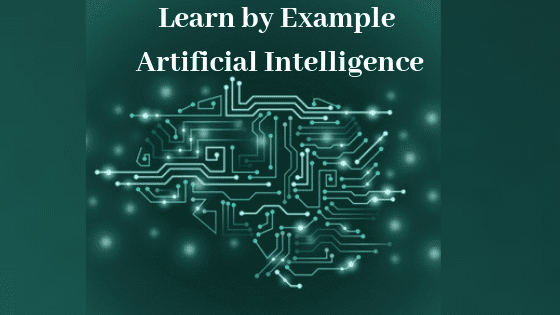Today life is a lot different from what it used to be a decade ago. The use of smartphones and location-empowered services is commonplace today. Think about the driving maps, forecasts of local weather and how the products that flash on your screen are perhaps just what you were looking for.
Location-enabled GPS services, devices that use them and each time we interact and use them generates data that allows data analysts to learn about our user-preferences, opportunities for expansion of their products, competitor services and much more. And all this was made possible by intelligent use of AI and ML concepts.
Here are some scenarios where AI and ML are set to make our lives better through location-based services.
Smart real-time gaming options without geographical boundaries.
Automatic driver-less transport.
Use of futuristic smartphone-like cyborgs.
Executing perilous tasks like bomb-disposals, precision cutting, and welding, etc.
Thermostats and smart grids for energy distribution to mitigate damage to our environment.
Robots and elderly care improvements.
Healthcare and diagnosis of diseases like cancer, diabetes, and more.
Monitoring banking, credit card and financial frauds.
Personalized tools for the digital media experience.
Customized investment reports and advice.
Improved logistics and systems for distribution.
Smart homes.
Integration of face and voice integration, biometrics and security into smart apps.
So how can machine learning actually impact the geo-location empowered services?
Navigational ease:
Firstly, through navigation that is empowering, democratic, accurate and proactive. This does mean that those days of paper maps, searching for the nearest petrol station or location, being late at the office since the traffic pileups were huge and so many more small inconveniences will be a thing of the past. We will gracefully move to enhanced machine learning smartphones that use the past data and recognize patterns to inform us if the route we use to commute to office has traffic snarls and provide us with alternative routes, suggest the nearest restaurant at lunchtime, find our misplaced keys, help us locate old friends in the area etc all by using a voice command to the digital assistant like Alexa, Siri or Google.
Machine Learning can make planning your day, how and when to get to where you need to be, providing you driving and navigational routes and information, and pinging you on when to leave your location a breeze. No wonder then that most companies like Uber, Nokia, Tesla, Lyft and even smarter startups that are yet to shine are investing heavily on ML and its development for real-time, locational navigational aids, smart cars, driverless electric vehicles and more.
Better applications:
Secondly, our apps are set to get smarter by the moment. At the moment most smartphones including Google, Apple, Nokia among many others are functioning as assistants and have replaced those to-do lists and calendar keeping for chores that include shopping, grocery pickups, and such.
Greater use of smart recommendatory technology:
And thirdly, mobile apps set smartphones apart and the more intelligent apps the better the phone experience gets. The time is not far off when ML will be able to use your data to actually know your preferences and needs. Imagine your phone keeping very accurate track of your grocery lists, where you buy them, planning and scheduling your shopping trips, reminding you when your gas is low, providing you with the easiest time-saving route to commute to wherever you need to go and yes, keep dreaming and letting the manufacturer’s know your needs for the future apps. The smart apps of the future would use your voice commands to suggest hotels, holiday destinations, diners, and even help you in budgeting. That’s where the applications of the future are headed to.
In summation, ML has the potential to pair with location-using technologies to improve and get smarter by the day. The future appears to be one where this pairing will be gainfully used and pay huge dividends in making life more easily livable.
To do the best machine learning courses try Imarticus Learning. They have an excellent track record of being industrially relevant, have an assured placement program and use futuristic and modern practical learning enabled ways of teaching even complex subjects like AI, ML and many more. Go ahead and empower yourself with such a course if you believe in a bright locational enabled ML smart future.




 In the future, the interaction between humans and AI will define in a lot of ways the structure and functioning of a modern-tech society.
In the future, the interaction between humans and AI will define in a lot of ways the structure and functioning of a modern-tech society. In recent studies, a scientist is experimenting to teach AI to learn like a kid. They want to inoculate the eager learning attitude and swift skills of young people into the algorithms of machines.
In recent studies, a scientist is experimenting to teach AI to learn like a kid. They want to inoculate the eager learning attitude and swift skills of young people into the algorithms of machines.




